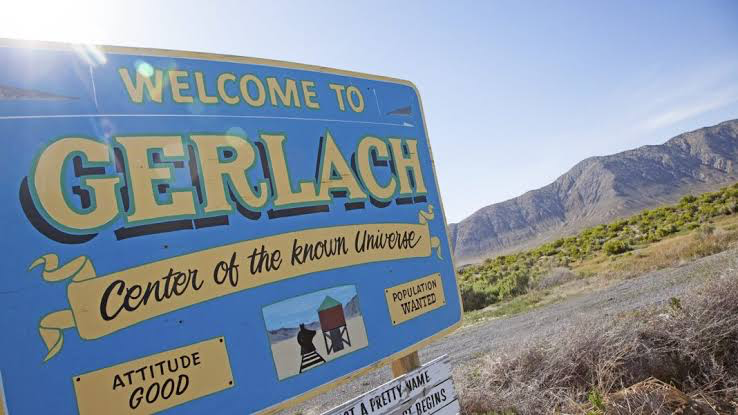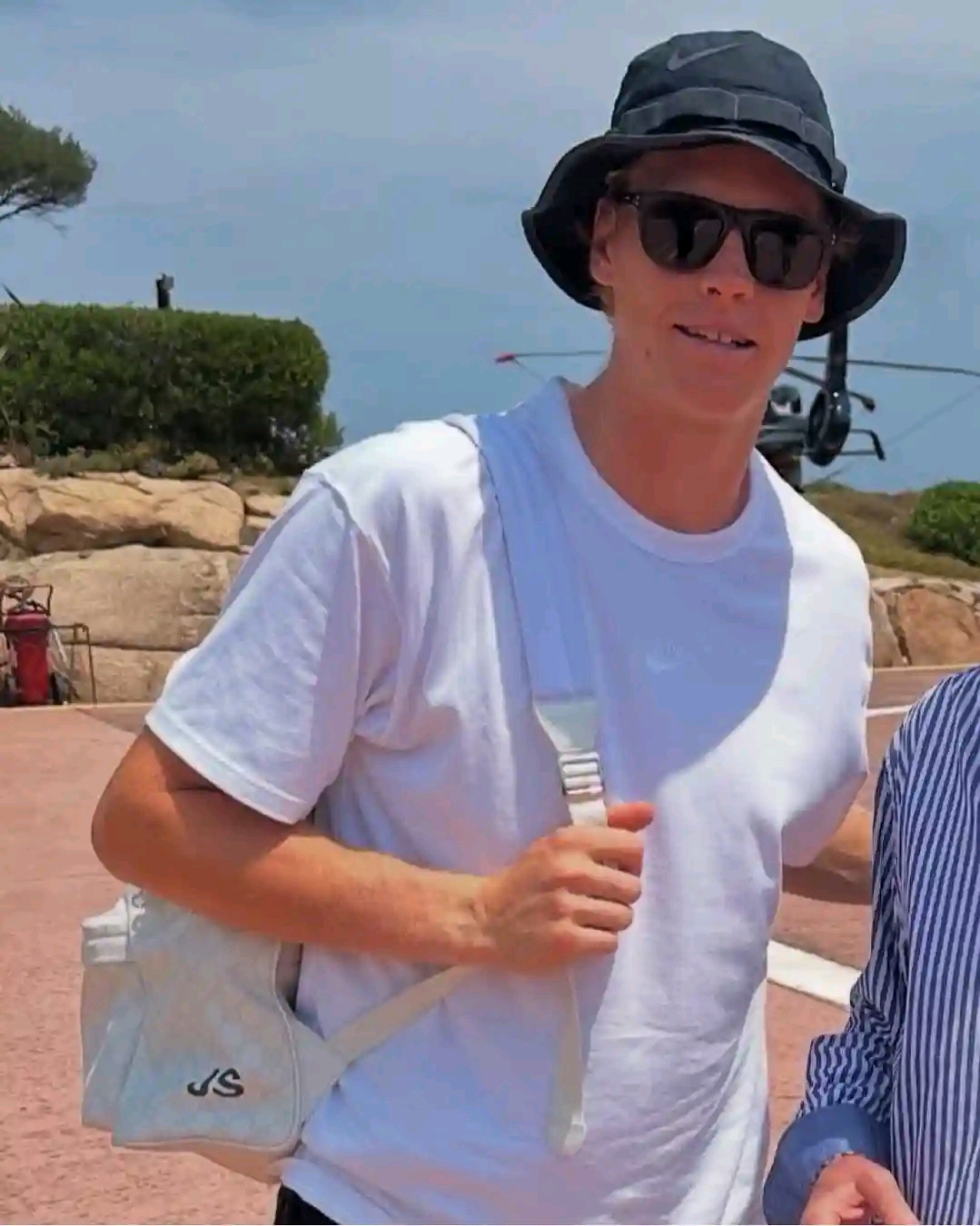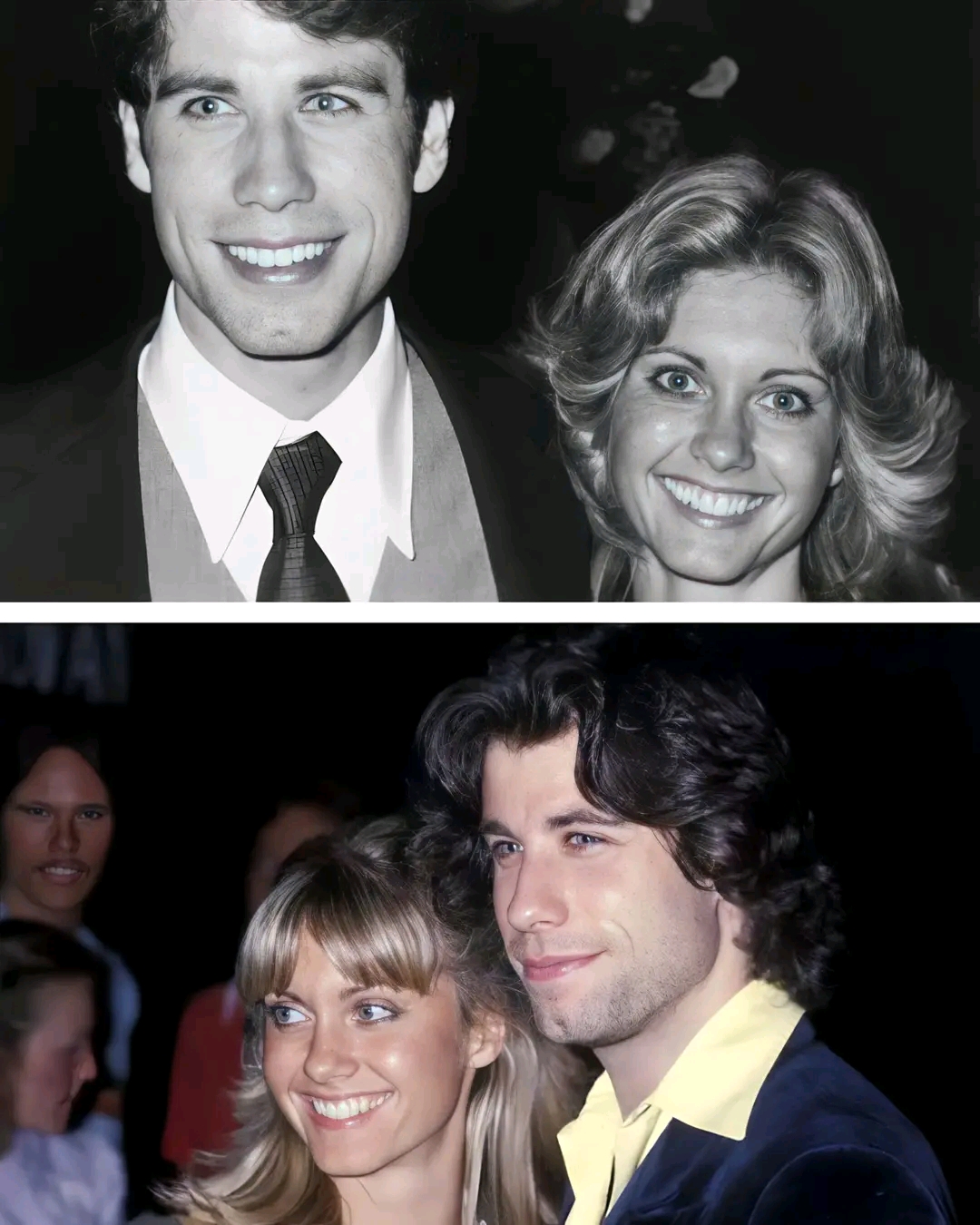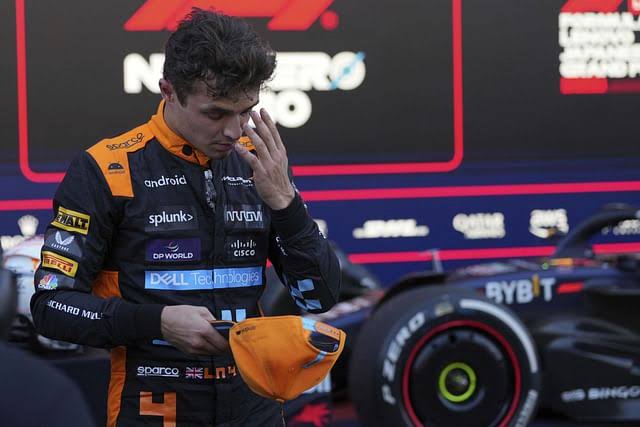Burning Man and Ormat Technologies Reach Groundbreaking Agreement Benefiting Gerlach, Nevada
Burning Man Project has been collaborating with Ormat Technologies, Inc. over the past year to establish an agreement that supports both parties and benefits the small town of Gerlach, Nevada. Ormat, a prominent renewable energy company based in Reno, initially proposed a large-scale geothermal exploration project in Gerlach in 2020. This proposal sparked significant concerns within the community and among various organizations, including the Burning Man Project, as well as other nonprofits, about potential impacts on the environment, local economy, and social fabric of the area.
The initial proposal raised issues related to how such a project might alter Gerlach’s ecosystem, potentially disrupting natural habitats and affecting water resources. Local groups voiced concerns over the social consequences of a major industrial presence, fearing it might strain the area’s resources and shift the character of this unique town. Recognizing these concerns, Burning Man Project and Ormat engaged in discussions aimed at addressing these impacts while exploring mutually beneficial solutions.
Through careful negotiations and a shared commitment to minimizing environmental impact, both parties have arrived at an agreement that will support sustainable development without compromising Gerlach’s unique landscape and community. This accord marks the culmination of a thoughtful dialogue centered on achieving renewable energy goals while respecting the town’s needs and values.
The agreement also effectively concludes the lawsuit that Burning Man Project had filed against the Bureau of Land Management. This lawsuit was initially launched as a means of safeguarding Gerlach’s environmental and social well-being against the potential disruptions of unchecked exploration activities. Now, with the new agreement in place, both Burning Man Project and Ormat can work toward a future that considers the health and sustainability of Gerlach alongside renewable energy ambitions.
This resolution represents a positive step forward for all parties involved and demonstrates how collaboration and open dialogue can pave the way for balanced solutions that respect both community interests and environmental stewardship.













Post Comment